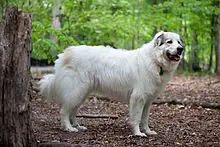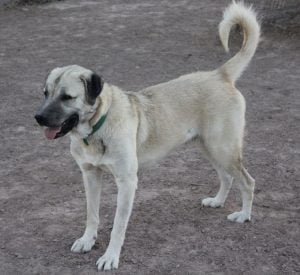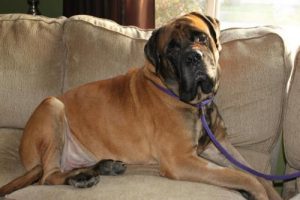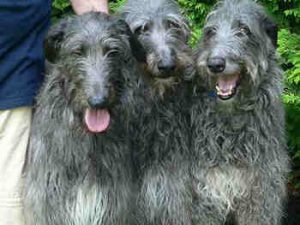Great Pyrenees
Adopt a Great Pyrenees Rescue Ontario Network

-
Breed Group : WORKING
-
Origin : EUROPE, Pyrenean Mtns
-
Average Height : 27" - 32"
-
Average Weight : 85 - 100 lbs.
-
Life Span : 15+ years
-
Size
1 2 3 4 5 6 7 8 9 10 -
Energy
1 2 3 4 5 6 7 8 9 10 -
Intelligence
1 2 3 4 5 6 7 8 9 10 -
Ease of Training
1 2 3 4 5 6 7 8 9 10 -
Hypo-Allergenic
1 2 3 4 5 6 7 8 9 10 -
Shedding
1 2 3 4 5 6 7 8 9 10 -
Good with Kids
1 2 3 4 5 6 7 8 9 10 -
Good with Other Pets
1 2 3 4 5 6 7 8 9 10 -
Guard Dog
1 2 3 4 5 6 7 8 9 10







